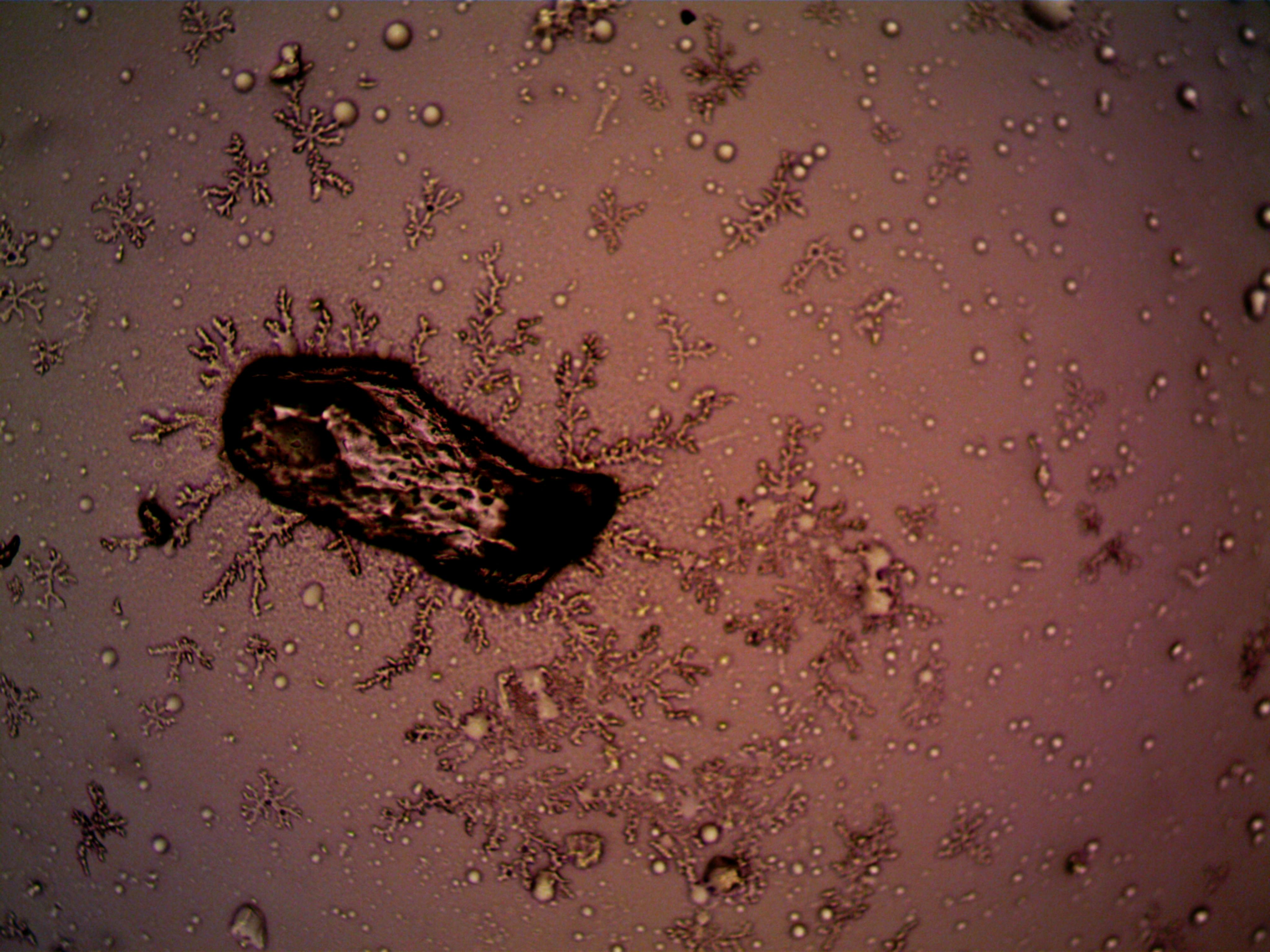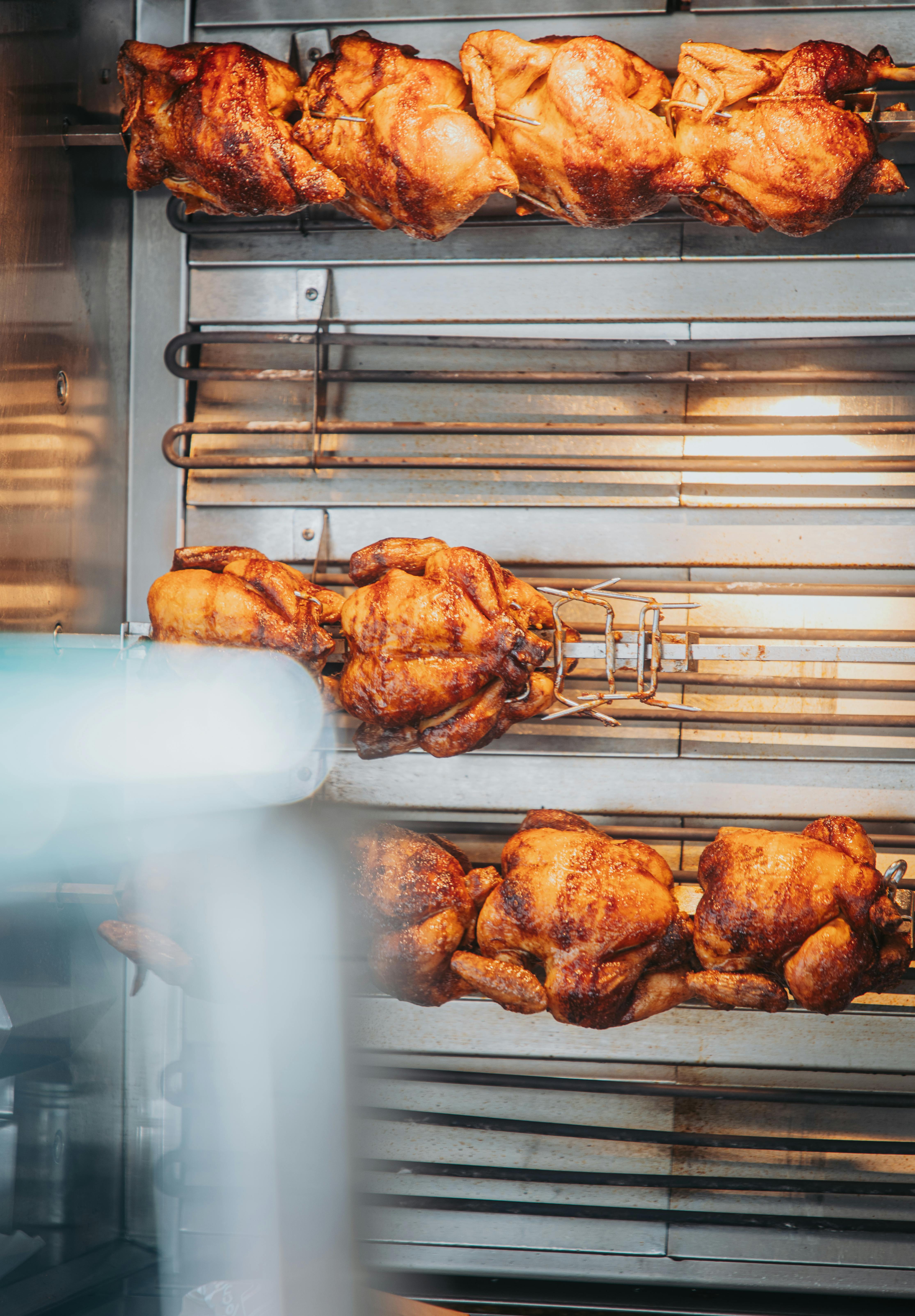
Effective Ways to Capture Stunning Pictures of the Northern Lights in 2025
The mesmerizing display of the northern lights, also known as the aurora borealis, is an awe-inspiring natural phenomenon that many photographers dream of capturing. In 2025, with advancements in technology and photography techniques, achieving stunning aurora photographs is more accessible than ever. As you prepare to embark on this exciting photographic journey, understanding the essential aspects of northern lights photography will significantly enhance your experience and the quality of your images.
In this comprehensive guide, we will explore vital topics such as the best camera settings for auroras, tips for smartphone aurora photography, and how to choose the ideal locations for photographing northern lights. Additionally, we'll cover practical tips on equipment, dealing with light pollution, and even editing techniques to perfect your images. Here’s a roadmap of what’s ahead:
- Understanding Northern Lights and Best Photography Practices
- Essential Gear and Equipment for Aurora Photography
- Camera Settings to Capture the Perfect Aurora Shot
- Choosing Locations and Ideal Conditions for Northern Lights
- Editing and Sharing Your Northern Lights Photos
By following these guidelines, you'll be well on your way to creating breathtaking images of one of nature's most spectacular displays!
Understanding Northern Lights and Best Photography Practices
Before diving into the technical aspects of capturing the northern lights, it's crucial to understand what they are and the best practices for photographing them. The aurora borealis occurs when charged particles from the sun collide with Earth's magnetic field, creating stunning light displays in the night sky.
Capturing these magical moments involves more than just pressing a button. It requires patience, knowledge, and an understanding of how to work with natural light in low-light environments. By familiarizing yourself with numerous northern lights photography tips, you can improve your chances of taking spectacular shots.
Understanding Auroras
Auroras are divided into two main types: aurora borealis (Northern Hemisphere) and aurora australis (Southern Hemisphere). They are best observed in locations close to the poles, especially during the winter months when nights are longer and darker. Understanding the science behind auroras can help photographers decide when and where to shoot for optimal results.
Best Practices for Capturing Auroras
To photograph the northern lights effectively, it's essential to adopt several best practices. These include scouting locations ahead of time, checking aurora forecasts, and being prepared for changing weather conditions. Establishing a plan can help you effectively capture the beauty of the auroras.
Let’s Talk Locations
Choosing the right location is key to photographing the northern lights. Areas with minimal light pollution, such as national parks and rural regions, provide the best views of this natural spectacle. Remote locations may be challenging to reach but offer stunning vistas devoid of urban distractions.
Essential Gear and Equipment for Aurora Photography
The right gear can make a significant difference in the quality of your northern lights photographs. A good camera and lens selection can help capture the magical essence of the aurora. Whether you're using a DSLR or a smartphone, understanding your equipment is paramount for night photography.
Investing in quality camera gear for northern lights will yield impressive results. Here, we'll outline the essential equipment to take along on your aurora photography adventure.
Camera Types Suitable for Northern Lights Photography
DSLRs and mirrorless cameras are highly recommended for capturing northern lights due to their superior low-light performance and ability to adjust settings easily. Beginners should familiarize themselves with camera controls and settings to maximize their shooting potential.
Must-Have Lenses for Auroras
Using a wide-angle lens is beneficial for capturing expansive night skies. Lenses with a low f-stop value (around f/2.8 or lower) allow more light to come in, essential for clearer images. Experimenting with different lenses can yield various artistic effects when shooting the auroras.
Tripods and Accessories
Stability is crucial in long-exposure photography. A sturdy tripod enables you to capture steady shots without camera shake. Additionally, remote shutter releases can prevent vibrations from pressing the shutter button, enabling clearer images. Ensure you pack appropriate gear to stabilize and secure your camera.
Camera Settings to Capture the Perfect Aurora Shot
Knowing how to manipulate your camera settings is crucial for achieving the best possible images of the northern lights. While every situation may require some adjustment, certain settings consistently yield great results.
Optimal Exposure for Northern Lights
When photographing auroras, use long exposure times to allow your camera to capture the light effectively. A good starting point is 10-20 seconds, but this may vary depending on the brightness of the aurora. Additionally, adjusting the ISO to a higher setting (800-3200) can help capture more detail in low light conditions.
Using a Tripod for Stability
A tripod is your best friend in low-light situations. It allows you to keep your camera stable during long exposure shots. When setting up your shot, ensure it's on level ground to avoid capturing tilted images.
Focusing in the Dark
Focusing can be challenging in the dark, but there are methods to ensure you capture sharp images. Try pre-focusing on a distant light or using your camera's autofocus function before switching to manual mode. This will help you maintain focus in low-light conditions.
Choosing Locations and Ideal Conditions for Northern Lights
Success in capturing the northern lights also heavily depends on location and weather conditions. Knowing the best spots and times to see the auroras can enhance your photographic experience.
Best Places to See the Northern Lights
Some of the best locations for aurora viewing include Canada, Alaska, Norway, and Iceland. Researching popular northern lights locations ensures that you find an optimal spot to capture stunning images. Make a checklist of places that fit within your travel plans.
Checking the Northern Lights Forecast
Understanding aurora activity is crucial. Many websites provide updates on solar activity and aurora forecasts that can help you plan your viewing ahead of time. A little research before heading out can lead to spectacular photographic opportunities.
What’s Ideal Weather for Auroras?
Clear, dark skies are essential for aurora photography. Cloudy or overcast weather can obstruct your view of the lights. Be prepared to adjust your plans based on real-time weather conditions for the best chances of success.
Editing and Sharing Your Northern Lights Photos
Post-processing often plays a vital role in enhancing your images of the northern lights. Knowing how to edit photos can add depth and vibrancy, transforming good shots into breathtaking artworks.
Tips for Editing Northern Lights Images
Utilizing software such as Adobe Lightroom or Photoshop can elevate your shots to new levels. Adjusting contrast, saturation, and clarity can help enhance the natural colors of the northern lights while retaining the fundamental characteristics of the scene. Explore various editing techniques to find what works best for your style.
Sharing Your Aurora Photos
Once you’ve processed your images, consider sharing them on social media platforms or photography blogs. Many photographers enjoy exchanging tips and stories about their aurora experiences, often leading to community engagement and networking.
Conclusion and Next Steps
Embarking on an aurora photography adventure requires preparation, the right tools, and an understanding of weather conditions. Capture stunning images of natural phenomena by following the best practices outlined in this guide. Immerse yourself in this enchanting journey and embrace the beauty of the aurora borealis.

